
How to Write a Medical Equipment Management Plan
The Medical Equipment Management Plan (MEMP) is a roadmap for medical technology management departments. Here we give a brief overview of how to get started writing you own.
Sign up with your email address to receive news and updates.
We respect your privacy.

The Medical Equipment Management Plan (MEMP) is a roadmap for medical technology management departments. Here we give a brief overview of how to get started writing you own.
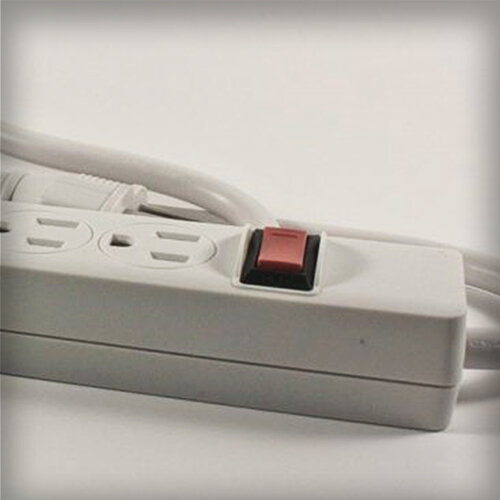
Confused about CMS requirements for “power strips,” some of which are technically referred to as RPTs (relocatable power taps)? You’re not alone!

The Clinical Engineering department of the Duke University Health System is responsible for managing the medical equipment in three hospitals, including the thousand-bed Duke University Medical Center in Raleigh, North Carolina.

A new book by the renowned clinical engineer, Binseng Wang. What does it cover and who will benefit from reading it?
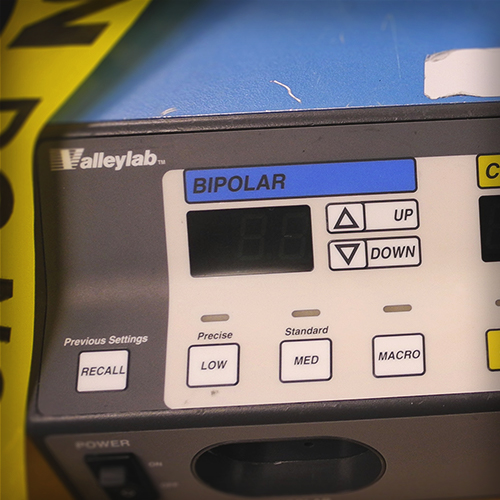
Outlined here is general recommendations for healthcare facilities to use when responding to medical device-related incidents. Applicable to both healthcare technology management professionals and biomedical engineering students, this information will shed light on current and future incidents.
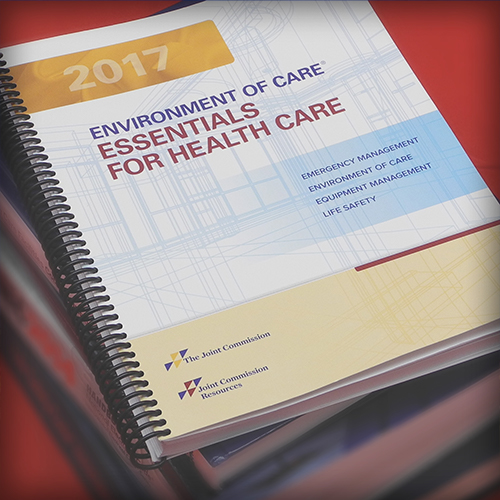
Healthcare delivery is a highly-regulated business. The same is true for medical devices and healthcare facilities that are integral components of the healthcare delivery system.
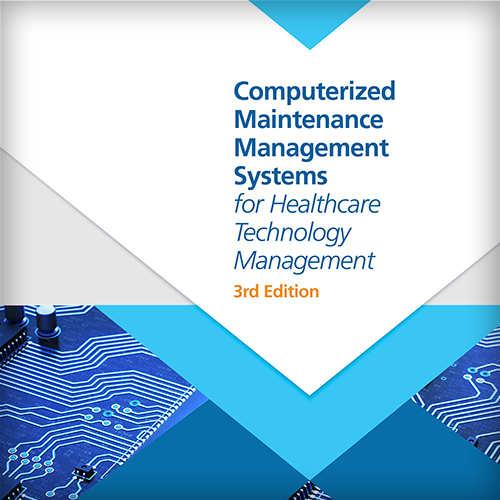
A lot has changed from the previous edition of CMMS for Healthcare Technology Management, Ted Cohen and I decided to get together to update it. The blog is a quick synopsis of what you can expect in the third edition.
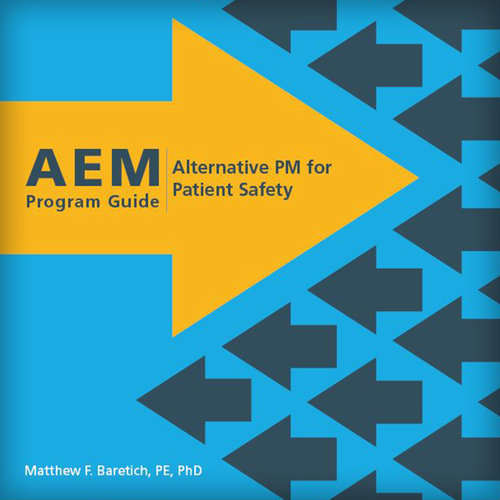
An overview of my most recent publication, “AEM Program Guide: Alternative PM for Patient Safety”. The guide points out some ideas that I believe represent the best thinking about AEM issues while the Healthcare Technology Management community works towards a consensus on how to best implement an AEM program.
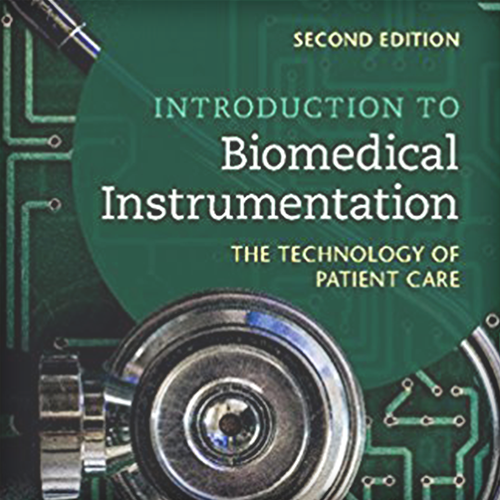
The second edition of Barbara Christe’s Introduction to Biomedical Instrumentation: The Technology of Patient Care has just been published. Here’s a quick review to let you know what it has to offer.
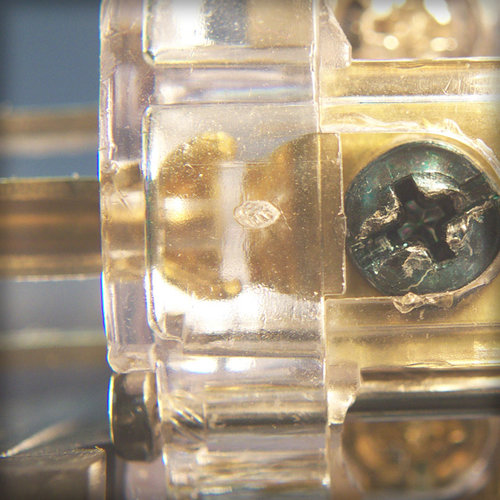
Electrical power is an underlying issue in many forensic engineering cases. In some cases, there are questions about the power distribution system.

The Medical Equipment Management Plan (MEMP) is a roadmap for medical technology management departments. Here we give a brief overview of how to get started writing you own.

Confused about CMS requirements for “power strips,” some of which are technically referred to as RPTs (relocatable power taps)? You’re not alone!

The Clinical Engineering department of the Duke University Health System is responsible for managing the medical equipment in three hospitals, including the thousand-bed Duke University Medical Center in Raleigh, North Carolina.

A new book by the renowned clinical engineer, Binseng Wang. What does it cover and who will benefit from reading it?

Outlined here is general recommendations for healthcare facilities to use when responding to medical device-related incidents. Applicable to both healthcare technology management professionals and biomedical engineering students, this information will shed light on current and future incidents.

Healthcare delivery is a highly-regulated business. The same is true for medical devices and healthcare facilities that are integral components of the healthcare delivery system.

A lot has changed from the previous edition of CMMS for Healthcare Technology Management, Ted Cohen and I decided to get together to update it. The blog is a quick synopsis of what you can expect in the third edition.

An overview of my most recent publication, “AEM Program Guide: Alternative PM for Patient Safety”. The guide points out some ideas that I believe represent the best thinking about AEM issues while the Healthcare Technology Management community works towards a consensus on how to best implement an AEM program.

The second edition of Barbara Christe’s Introduction to Biomedical Instrumentation: The Technology of Patient Care has just been published. Here’s a quick review to let you know what it has to offer.

Electrical power is an underlying issue in many forensic engineering cases. In some cases, there are questions about the power distribution system.